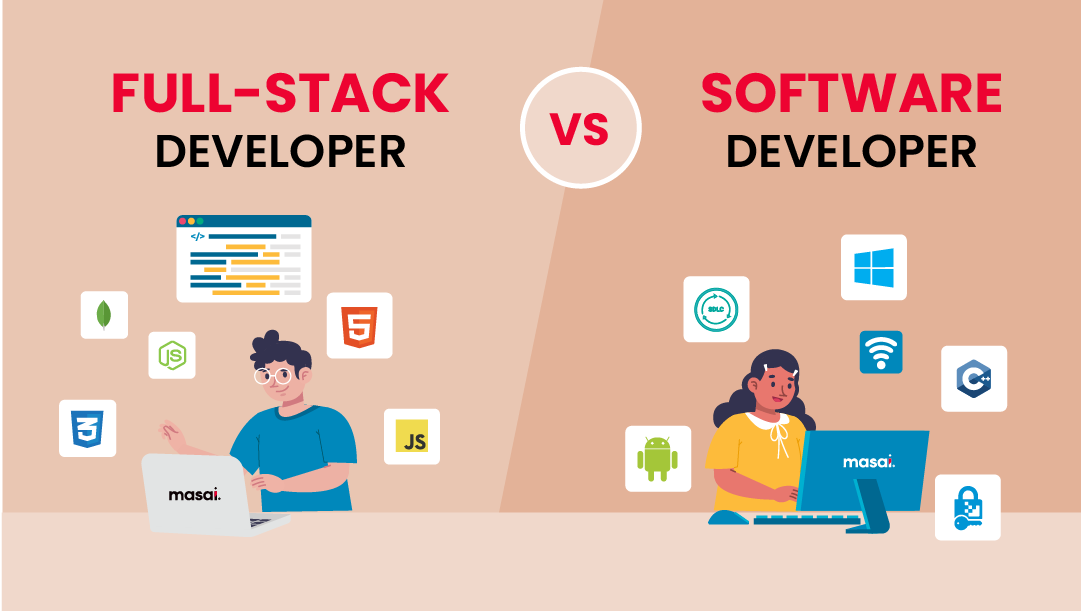Discover the Benefits of Nearshore Software Development for Your Team
Dedicated Developers vs. In-House Teams: Which Is Right for You?
The decision between making use of committed designers and preserving an internal team is a considerable one that can influence the trajectory of your jobs and overall organization technique. Conversely, in-house groups add to a natural business society and a nuanced understanding of lasting objectives.
Comprehending Committed Programmers
The expanding need for specialized skills in the technology sector has actually resulted in the appearance of committed developers as a feasible solution for lots of companies. These specialists are typically acquired on a task basis, enabling companies to take advantage of details knowledge without the lasting dedication connected with full time hires. Dedicated developers are often embedded within a customer's team, giving adaptability and scalability to satisfy project demands.
This model enables companies to access a global skill swimming pool, which is particularly advantageous in a quickly advancing technological landscape. Committed programmers can be sourced from numerous geographical locations, making certain that firms can locate the right capability at affordable prices. They often bring a wealth of experience and understanding, having worked with varied jobs throughout different sectors.
In addition, committed designers can focus exclusively on the tasks available, enhancing performance and effectiveness. They are outfitted to integrate perfectly right into existing workflows, working together carefully with in-house teams to attain job purposes. This method not just minimizes the problem of employment and training however additionally permits organizations to remain nimble, adjusting swiftly to transforming market needs and technological innovations.
Advantages of In-House Teams

Additionally, in-house groups have a tendency to have a much deeper understanding of the firm's objective, values, and objectives. This placement can enhance staff member involvement and motivation, as group participants really feel much more connected to their job and the organization's success. In addition, having a committed internal group permits for much better alignment of approaches and objectives, as these participants are continually concentrated on the firm's concerns.
Internal groups additionally help with quicker decision-making processes, as they can respond a lot more rapidly to changes and obstacles. The recognized connections and experience with firm protocols enable for streamlined workflows and decreased miscommunication. Ultimately, the combination of a cohesive society, placement with organizational goals, and effective interaction makes in-house groups a valuable asset for lots of organizations, especially those looking to grow long-lasting development and innovation.
Cost Factors To Consider
When evaluating cost considerations, both devoted developers and in-house groups existing unique economic implications for organizations. Involving dedicated programmers normally includes a pay-per-project or hourly rate version, which can be cost-effective for services with rising and fall project demands. This approach permits flexibility in scaling sources up or down, guaranteeing that companies only spend for the solutions they need.
On the other hand, internal groups involve repaired prices, including salaries, advantages, and overhead costs such as workplace and tools. While this design provides greater control and prompt accessibility of sources, it might cause higher long-term expenditures, particularly if the work does not justify a permanent personnel.
Moreover, business ought to think about the hidden costs connected with employment and training of internal staff members, which can further stress spending plans. In some situations, the time and sources invested in managing an in-house team can take away from the organization's core service objectives.

Project Monitoring and Adaptability
Job administration and versatility are important factors that influence the choice in between internal groups and dedicated developers. Dedicated developers usually use a high degree of flexibility, enabling organizations to scale resources up or down based upon task needs. This agility can be especially helpful for companies experiencing rising and fall workloads or those looking for to introduce quickly. Dedicated groups often have developed procedures for handling tasks efficiently, leveraging certain methodologies like Agile or Scrum, which facilitate iterative progression and adaptability.

Eventually, the choice in between in-house teams and specialized developers depends upon the preferred level of adaptability and the particular job monitoring needs. Companies need to review their operational characteristics, task complexity, and source schedule to identify which alternative straightens finest with their tactical purposes.
Making the Right Choice
Picking the right growth technique-- internal groups or devoted programmers-- calls for a cautious assessment of various variables that line up with a company's tactical objectives. dedicated development team. Initially, take into consideration the nature of the task. Devoted developers might be extra appropriate if it requires specialized skills or a fast scale-up. Conversely, in-house groups can give much better connection and assimilation with existing employees.
Following, assess your budget plan. Devoted developers often present an economical option for temporary tasks, while in-house teams may incur higher long-lasting expenses as a result of wages, advantages, and expenses expenses. Evaluate the level of control and partnership preferred; in-house groups commonly foster stronger communication and positioning with company culture.
In addition, think about the time frame. If prompt results are required, specialized designers can be onboarded rapidly, whereas constructing an in-house group requires time for recruitment and training. Evaluate the lasting vision of your company. Spending in an internal team may generate far better returns over time if constant development is important. Ultimately, the choice depends upon a thorough evaluation of these sites variables, making sure alignment with your business's overall purposes and operational requirements.
Verdict
In final thought, the decision in between in-house groups and specialized designers hinges on task needs and business goals. Conversely, internal groups cultivate a cohesive society and deeper positioning with long-term objectives.
The decision in between making use of devoted developers and keeping an in-house team is a substantial one that can impact the trajectory of your projects and total business method.Project management and adaptability are crucial factors that affect the selection between devoted developers and internal groups. software development partner.In contrast, internal groups may succeed in keeping a consistent job monitoring structure due to their experience with the organization's culture and long-lasting objectives. Committed designers often provide a cost-effective option for temporary tasks, while in-house teams may incur greater lasting expenses due to wages, benefits, and overhead expenses.In verdict, the decision in between devoted designers and internal groups pivots on job needs and business goals